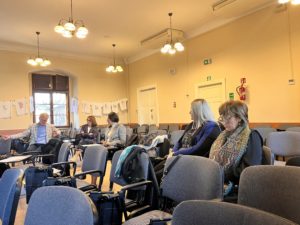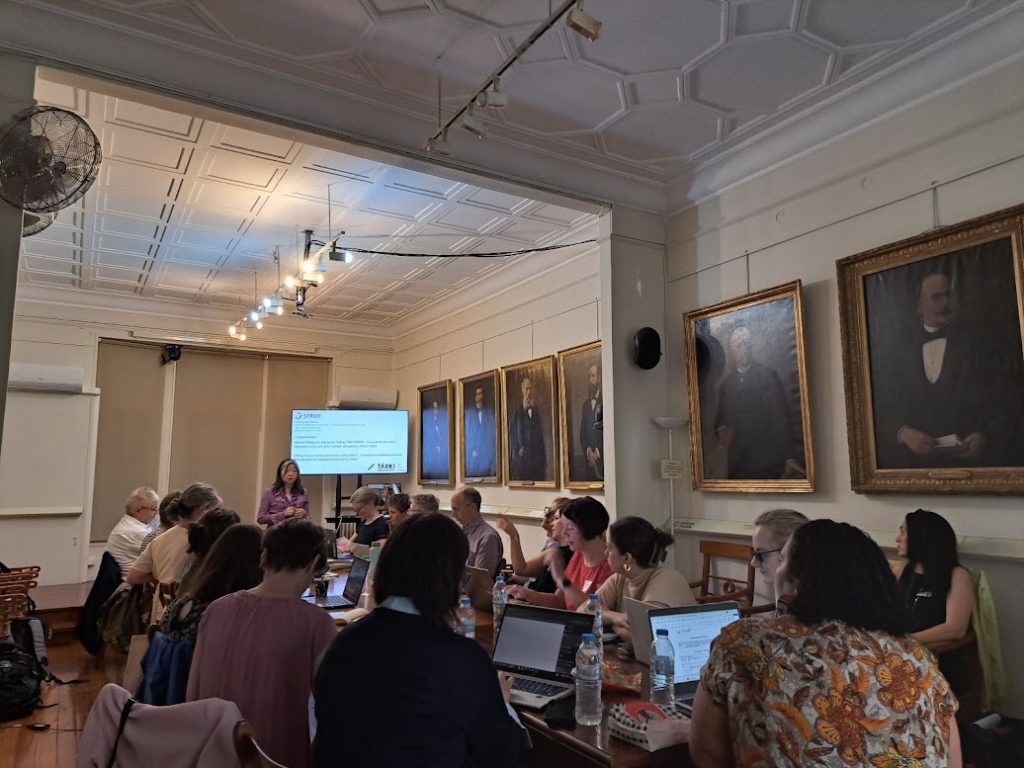How do digital technologies shape the everyday lives of children and young people across Europe? Maren S. Folkvord, doctoral research fellow at OsloMet, wrote a review of the work Understanding The Everyday Digital Lives of Children and Young People. The book offers a deep dive into this question, drawing on extensive research from the EU-funded DigiGen project. The findings are not only timely—they’re essential for educators, policymakers, and families navigating the digital age. As the STRIDE project is aiming towards a comparative knowledge-base on effective education reforms and interventions that aim at reducing inequalities in education and learning outcomes in Europe, this research can deliver great insights into the effects of technology in reducing and enhancing inequalities in education.
Technology across all areas of life
The book brings together data from seven European countries—Austria, Estonia, Germany, Greece, Norway, Romania, and the UK—capturing the experiences of children aged 5 to 18. Using innovative methods like digital diaries, video game observations, and storytelling workshops, the researchers center young people’s own perspectives on how they use and experience digital media.
The book uses Bronfenbrenner’s socioecological model to explore how digital technology intersects with different areas of young people’s lives. In the family context, digital tools are used to maintain relationships with distant relatives and to support schoolwork, but they can also be a source of conflict, especially around screen time. In their leisure time, children and young people engage with platforms like TikTok, Discord, and Minecraft, which serve as spaces for play, creativity, and social interaction. In the educational sphere, digital skills acquired at school often enhance learning and are transferable to other areas of life. Furthermore, in terms of civic participation, young people are using social media to engage in activism, organise protests, and express their views on social issues.
Opportunities and challenges in the digital age
The book emphasises that digital media can be both empowering and limiting. For instance, gaming is shown to improve language skills and foster collaboration among peers. Social media platforms offer opportunities for self-expression and identity exploration, but they can also contribute to anxiety and body image concerns. The research also highlights that children from lower socioeconomic backgrounds may benefit from digital tools as a means of social integration, although they often face barriers to access and support.
One of the key takeaways is that schools should not only regulate screen time but also actively teach digital responsibility, ethics, and critical thinking. In some countries, such as Romania, students reported that they were simply banned from using devices without any discussion about the ethical implications of digital media use. This approach misses valuable opportunities to engage students in meaningful conversations about digital citizenship.
Why This Matters for STRIDE
The STRIDE project believes that achieving equity in education requires a deep understanding of the digital realities that shape young people’s lives. This book is a powerful reminder that digital inclusion is not just about access to technology—it’s about fostering the skills, agency, and resilience that young people need to thrive in an interconnected world.
Read the full book review here: https://journals.oslomet.no/index.php/nordiccie/article/view/6184/5127
You can find the book here: https://link.springer.com/book/10.1007/978-3-031-46929-9












